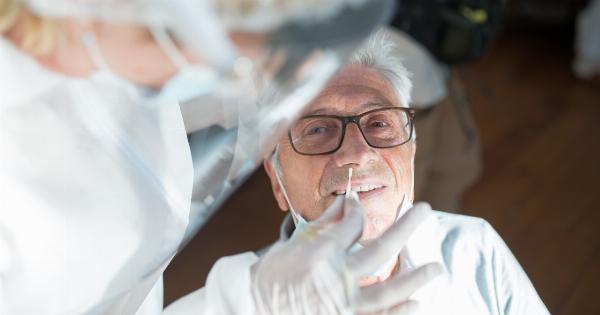Medical scanning has revolutionized healthcare by allowing doctors to visualize the inside of our bodies without invasive procedures.
These scans utilize various technologies to create detailed images, aiding in the diagnosis and treatment of numerous medical conditions. Among the many available scans, some are particularly effective at providing a clear view of different organs and body systems. In this article, we will explore the most radiating scans for our bodies and their significance in modern medicine.
Magnetic Resonance Imaging (MRI)
MRI scans use powerful magnets and radio waves to generate detailed images of the body’s internal structures. This non-invasive procedure is particularly useful for examining soft tissues such as the brain, spinal cord, organs, and joints.
MRI scans produce high-resolution images that can help detect tumors, inflammation, and abnormalities in the body.
Computed Tomography (CT) Scan
CT scans, also known as CAT scans, combine X-rays with computer technology to create cross-sectional images of the body. These scans provide detailed information about bones, organs, blood vessels, and soft tissues.
CT scans are especially effective in detecting fractures, tumors, internal bleeding, and evaluating the extent of trauma or injury.
Ultrasound
Ultrasound scans utilize high-frequency sound waves to produce real-time images of the body’s internal structures. This non-invasive procedure is commonly used for examining the developing fetus during pregnancy.
Ultrasound is also valuable in assessing the abdomen, pelvis, heart, blood vessels, and other organs. It helps identify cysts, tumors, gallstones, and monitor blood flow.
X-ray
X-rays are the oldest and most widely recognized form of medical imaging. This scan uses low-dose radiation to create images of bones and certain organs.
X-rays are commonly employed to diagnose fractures, infections, tumors, and lung conditions such as pneumonia. While X-rays are limited in their ability to visualize soft tissues, they remain indispensable for rapid and cost-effective diagnostics.
Positron Emission Tomography (PET) Scan
PET scans involve injecting a small amount of radioactive substance into the body. This substance accumulates in areas with high cellular activity, such as tumors.
PET scans effectively detect cancer, evaluate brain abnormalities, and assess the functioning of organs such as the heart. They are often combined with CT scans to provide more detailed information about the body’s metabolism and structure.
Single Photon Emission Computed Tomography (SPECT) Scan
SPECT scans are similar to PET scans but use different radioactive substances. These scans are particularly useful for evaluating blood flow, brain activity, and diagnosing cardiovascular conditions.
SPECT scans can help identify areas of reduced blood flow to the heart, diagnose epilepsy, and detect functional brain abnormalities.
Endoscopy
Endoscopy is a minimally invasive imaging technique that involves inserting a flexible tube with a light and camera into the body.
This procedure allows doctors to visualize organs such as the gastrointestinal tract, respiratory system, and certain joints. Endoscopy can help diagnose conditions like ulcers, gastroesophageal reflux disease (GERD), and gastrointestinal bleeding.
Mammography
Mammography is a specialized X-ray of the breast used to screen for and diagnose breast cancer. This scan can detect small tumors, masses, or calcifications that may be indicative of early-stage breast cancer.
Regular mammograms are crucial for early detection and improving breast cancer treatment outcomes.
Bone Densitometry (DEXA Scan)
Bone densitometry, commonly known as DEXA scan (dual-energy X-ray absorptiometry), measures bone mineral density. This scan is primarily used for diagnosing osteoporosis and assessing the risk of fractures.
DEXA scans are quick, painless, and involve minimal radiation exposure.
Electrocardiogram (ECG/EKG)
Though not typically considered a scan, an electrocardiogram records the electrical activity of the heart. ECGs help diagnose various heart conditions, such as arrhythmias, heart attacks, and heart diseases.
This non-invasive test aids in evaluating heart health and guiding appropriate treatment strategies.
Conclusion
Medical scanning techniques have transformed healthcare by enabling doctors to visualize the inner workings of our bodies without invasive measures.
From MRI and CT scans to ultrasound and X-rays, each imaging modality serves a specific purpose and provides unique insights into different organs and body systems. By utilizing the most radiating scans, healthcare professionals can accurately diagnose medical conditions and determine suitable treatment options, ultimately enhancing patient care and outcomes.






















